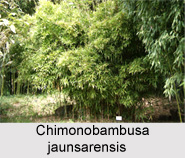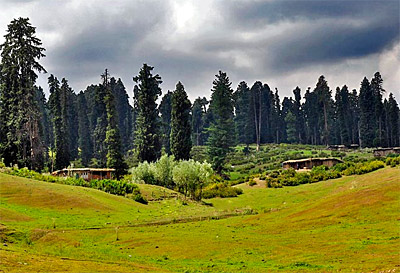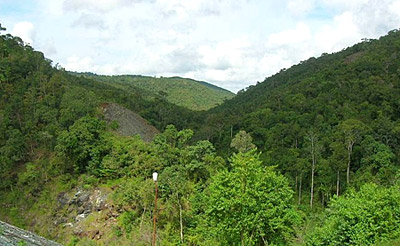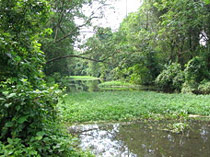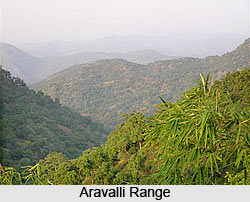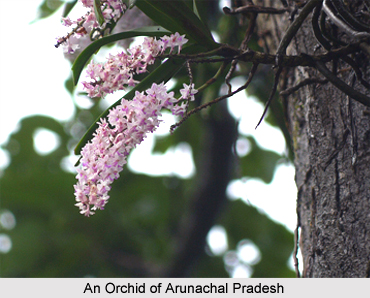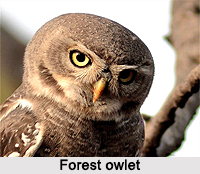 Forest owlet is an Indian bird that bears a scientific name "Athene blewitti".
Forest owlet is an Indian bird that bears a scientific name "Athene blewitti".
It belongs to an Owl family that is endemic to the forests of central India like Madhya Pradesh and Chhattisgarh. This bird is on the verge of extinction. This species belongs to the typical owl family, Strigidae.
Description of Forest Owlet
Forest Owlet was described in 1873 and it was not seen after 1884 and considered extinct until it was rediscovered 113 years later in 1997 by Pamela Rasmussen. The searches for the species in the locality given in the label of the last collected specimen failed and it was discovered that the specimen had been stolen from the British Museum by Richard Meinertzhagen and resubmitted with a label bearing false locality information. It is known from a small number of localities and the populations are very low within the fragmented and shrinking forests of central India, leaving the species critically endangered.
Size of Forest Owlet
Forest Owlet is small and stocky. It is a typical owlet with a rather unspotted crown and heavily banded wings and tail. They have a relatively large skull and beak. Unlike the spotted owlet, the forest owlet has the fewer and fainter spots on the crown and back. The upperparts are dark grey-brown. The upper breast is almost solid brown and the sides are barred with a white central wedge in the lower breast that is sometimes unmarked, especially in males. The primaries are darker and distinct. The wings and tail are banded with white trailing edges.
Concentration of Forest Owlet
Forest Owlet was recorded in central India and known until 1997 from just seven specimens in museums collected in northern Maharashtra, and south-east Madhya Pradesh and the western part of Odisha. Forest owlet was also reported from the Chatwa and Padwa forests near Andhra Pradesh. There was another survey in the states of Odisha, Chhattisgarh, Madhya Pradesh, Maharashtra and Gujarat. Forest owlets are found at a few locations in Melghat Tiger Reserve in Maharashtra. Forest owlet has sightings from the Talda Forest Range, the Toranmal Forest Range of Toranmal, Maharashtra, the Melghat Tiger Reserve, and the Khaknaar Forest Range, all in central India had dense to open deciduous forest.
Nests of Forest Owlet
The nest cavities of Forest Owlet were found in trees at a height of 5 to 8 metres in trees such as Soymida febrifuga. In most areas the trees were too young and lacking cavities suitable for nesting.
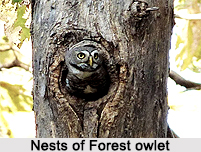 Prey of Forest Owlet
Prey of Forest Owlet
Forest Owlets typically hunt from perches where they sit still and wait for prey. When perched they flick their tails from side to side rapidly and more excitedly when prey is being chased. It was observed in one study that nearly 60% of preys were lizards (including skinks), 15% rodents, 2% birds and the remaining invertebrates and frogs. When nesting the male hunted and fed the female at nest and the young were fed by the female. The young fledge after 30-32 days.
Courtship of Forest Owlet
The peak courtship season of Forest Owlet is in January to February during which time they are very responsive to call playback with a mixture of song and territorial calls.
Behaviour of Forest Owlet
Forest owlet appears to be strongly diurnal although not very active after 10 AM, often hunting during daytime. On cold winter mornings they bask on the tops of tall trees.
